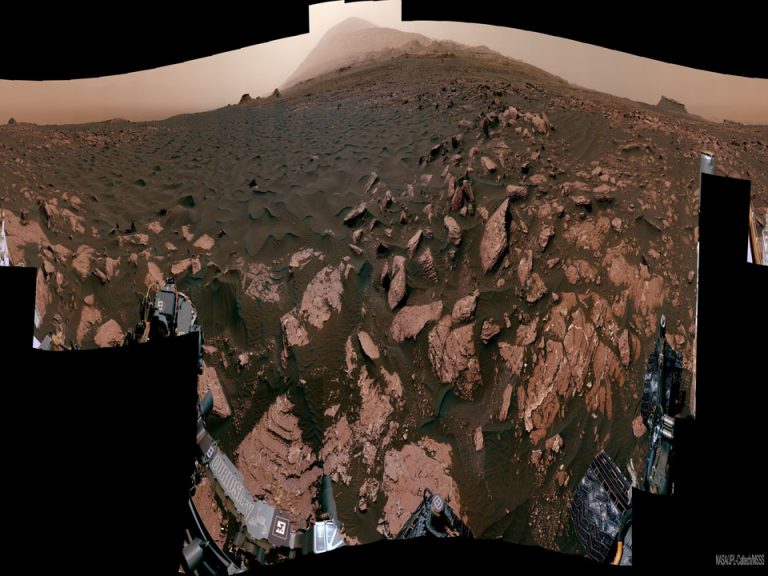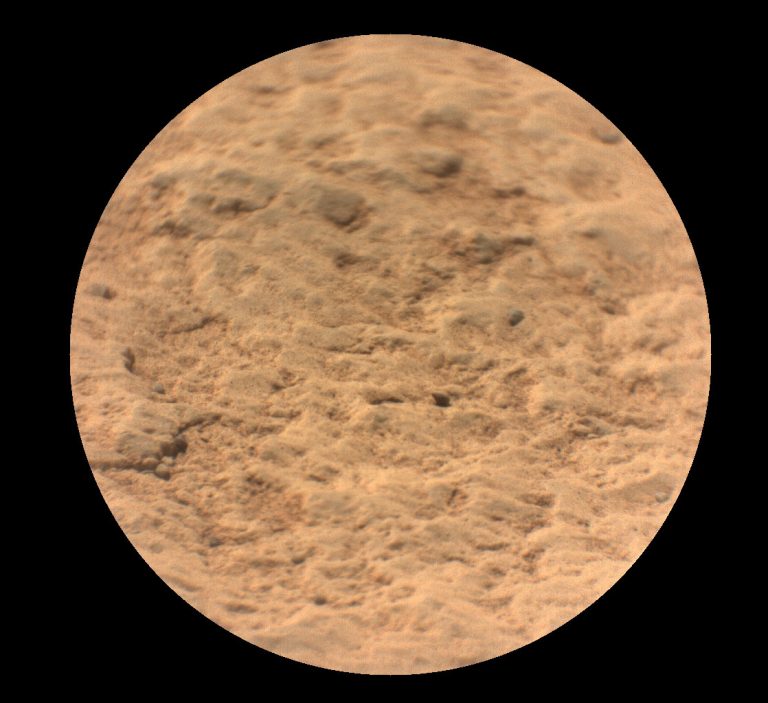2025年2月14日
A Cosmic Rose: NGC 2237 in Monoceros
Image Credit & Copyright: Harry Karamitsos
Explanation: The Rosette Nebula, NGC 2237, is not the only cosmic cloud of gas and dust to evoke the imagery of flowers, but it is probably the most famous. At the edge of a large molecular cloud in Monoceros some 5,000 light years away, the petals of this cosmic rose are actually a stellar nursery. The lovely, symmetric shape is sculpted by the winds and radiation from its central cluster of hot young, O-type stars. Stars in the energetic cluster, cataloged as NGC 2244, are only a few million years young, while the central cavity in the Rosette Nebula, is about 50 light-years in diameter. The nebula can be seen with a small telescope toward the constellation of Monoceros, the Unicorn. This natural appearing telescopic portrait of the Rosette Nebula was made using broadband color filters, but sometimes roses aren’t red.
Tomorrow’s picture: light-weekend
宇宙级的玫瑰: 麒麟座的NGC 2237
影像提供与版权: Harry Karamitsos
说明: 玫瑰星云(NGC 2237;蔷薇星云)并非宇宙中唯一会和花产生联想的气体尘埃云,但它是其中最著名的一个。位于5,000光年远处的麒麟座大分子云边缘的这朵宇宙玫瑰,其花瓣其实是恒星诞生区。而玫瑰星云美丽对称的外观,是由中心星团炽热年轻的O型星之辐射和恒星风雕塑而成。这个编录号为NGC 2244的活跃星团之成员星,年龄只有数百万年稚龄,而玫瑰星云中心的空穴,直径宽约50光年。这团星云位于麒麟座(独角兽)方向的身影,用小望远镜即得见。这幅看起来色泽自然的玫瑰星云望远镜影像,则是透过宽波段滤镜所拍摄的。最后,并非所有的玫瑰都是红色的。
明日的图片: light-weekend







